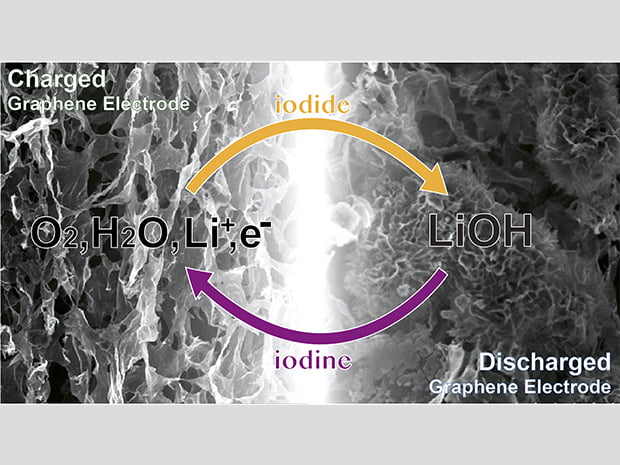Batteries Today
There are four separate drivers for current battery technology:
- Cost
- Size and Weight
- Capacity
- Recharge rates and cycles
An example of an emerging industry for batteries is electric vehicles. These require high recharge rates, high capacity, high recharge cycles and acceptable weight, size and cost. So the current front runner in commercial batteries, the Lithium Ion battery, has some challenges meeting these requirements but it is also the best we have right now.
Adding Super Capacitors
One approach to improving battery performance in peak demand situations is to add a Super Capacitor in parallel with a conventional lead acid battery. The Super Capacitor smooths the energy demand by delivering the high current needed for peak demand and the lead acid battery provides the bulk energy storage.
The CSIRO developed UltraBattery is a good example of Australian Technology Innovation in next generation batteries. It is one example of their work in Energy Storage. And also a good example of their partnerships with industry to bring next generation technologies to commercial reality.
New Battery Technologies
The front runner for the next generation of battery technologies is the Lithium Air Battery. This promises double the energy density per unit volume of Lithium Ion Batteries but at 20% of the weight. So ideal for Electric Vehicles where weight is one of the critical elements.
The reason this is such a promising technology is because it has:
- high recharge efficiency (90%+)
- high recharge cycles (>2000 versus 300 for some Lithium Ion batteries)
- high energy density
- low weight
So what is the catch?
Researchers believe commercial versions of this battery technology are only 10 years away. That isn’t that long for a new battery technology. The hurdles they still need to face are primarily in protecting the pollution from corroding the metal electrode and preventing dendrite growth which is an existing problem with Lithium Ion Batteries. The electrode wants pure oxygen and is corroded by moisture, carbon dioxide and nitrogen. So some challenges remain.
Using Existing Batteries Better
The other approach is the one we usually take. Use Existing Batteries Better. This involves better power management, better battery management and rethinking the whole solution to a problem. We showed an example in a recent Remote Telemetry Case Study we did in the Internet of Things space where we took an installation that would have required a 200W solar panel and instead deployed a system that runs from 4xAA batteries for 2 years. The next step is to add an energy harvesting component with a suitable rechargeable technology to take the battery maintenance interval from two years to five years. Even with the best and most durable rechargeable battery technology around today for regular commercial applications, a five year maintenance interval is still needed.
So multiple approaches. I’m looking forward to the next set of breakthroughs in this area. Including marrying the CSIRO Super Capacitors with a Lithium Air Battery.
Successful Endeavours specialise in Electronics Design and Embedded Software Development. Ray Keefe has developed market leading electronics products in Australia for nearly 30 years. This post is Copyright © 2015 Successful Endeavours Pty Ltd.





